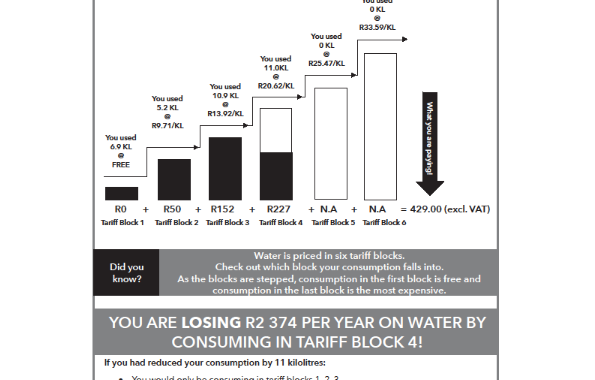Water Nudges
- Sukanya Chatterjee
- May 20, 2021
- 3 min read
Updated: Nov 29, 2022
How Cape Town is using Behavioural Interventions to decrease water consumption to 50 litres per day for its citizens by ‘Green Nudges’
Cape Town in South Africa became one of the major cities that completely ran out of water in 2015. Since then, what would follow is a series of hard and soft policy measures and mechanisms that would change the city’s water landscape completely. Along with the stringent water policies that were adopted by the city officials, Cape Town became the incubation centre for pilot testing a lot of soft policy measures. What is remarkable about this is that they are aiming for 50 litres a day per person which also brings about a lot of debate and cross-conversation in water accessibility, equality and equity and gender biases.
However, today we would discuss the ‘nudges’ that were adopted by City officials along with The University of Cape Town’s Environmental Economics Policy Research Unit (EPRU). Together, they developed what we call ‘Green Nudges’. Essentially, green nudges are interventions designed to influence people in the direction of resource conversation and environmental justice, in a way they feel that they retain the choice dynamics. Essentially, as the mastermind behind Nudges, i.e., Richard Thaler (Nobel Prize Winner: Economics 2017) puts it, it is Libertarian Paternalism, liberty to choose with paternal guidance.
To start, Cape Town started publishing Tariff Graphs, essentially it is a breakdown of the water each household was using and provided a comparison of the household in comparison with the neighbourhood, ranking them in terms of where they stand in water conservation in the neighbourhood. This worked in two ways, the households that were doing good were boosted with positive reinforcement and they strived to continue their performance. On the other hand, the households that were not doing so good felt the pressure of social norm, or as we millennials call it FOMO, i.e., fear of missing out, and had to do better.
Secondly, a ‘tip sheet’ was also provided to each household with ways to reduce water usage. The solutions were categorised into categories: Smart Purchases and Quick Fixes. This worked in education about solutions, which also provided a guide that can be easily adapted. The leaflet also visualised in terms of quantified numbers how much a household can save water, contextualised as a family of four. This worked in clear visualisation of target goals, along with solutions in one place.
Thirdly, as we know money is a great motivator and incentives, still, to this day, remains the biggest motivator for task completion, the city officials hit the hammer in the head by appropriating all this in terms of monetary gain and loss, and explicitly connected the dots from water inefficient usage and financial loss.
Fourthly, the city ran a scheme of recognizing the super water savers. They started this by giving each household a target of 10% less water usage based on their last month's water usage, and if they were successful, they were recognized on a city-wide scale which provided intrinsic motivation.
And last but not the least, they appealed to the public good in people, by encouraging households to voluntarily reduce their consumption, as in for future generations, and to reduce further stress in water systems.
All these behavioural mechanisms, resulted in statistically significant results in the reduction of residential water consumption, as reported by University of Cape Town researchers, the reference can be found here for further details.
To conclude, Behavioural interventions are global, and with a little tweaking, can be applied in Bangalore and most Indian cities. Water is a precious resource and it is running out. We must take collective action and nudge our way to save water.









![Can India be the Vishwa [world] Guru of Sustainability](https://static.wixstatic.com/media/99f3bc_7ba8b5a76e6a4454ac13785013e634bb~mv2.png/v1/fill/w_200,h_200,al_c,q_85,enc_avif,quality_auto/99f3bc_7ba8b5a76e6a4454ac13785013e634bb~mv2.png)

Comments